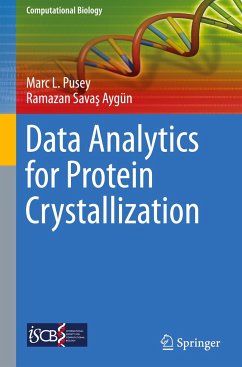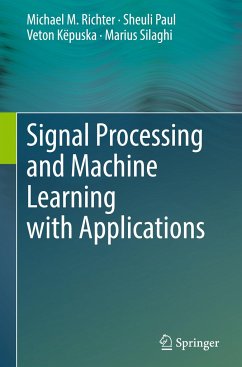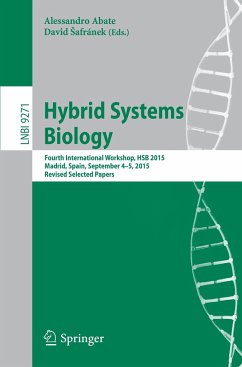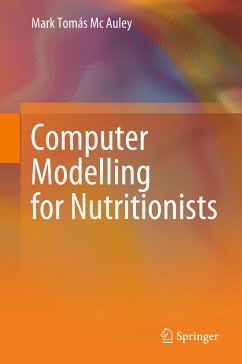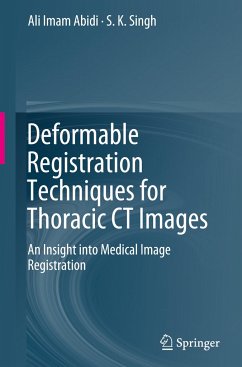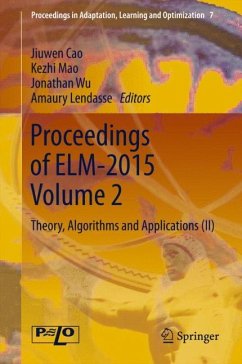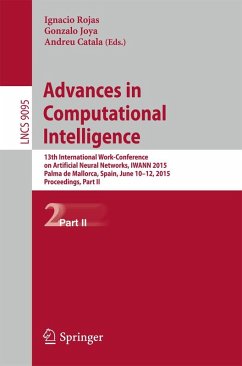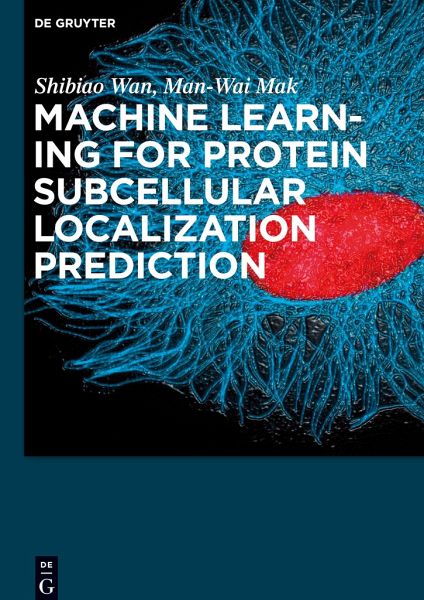
Machine Learning for Protein Subcellular Localization Prediction
Versandkostenfrei!
Versandfertig in 6-10 Tagen
94,95 €
inkl. MwSt.
Weitere Ausgaben:

PAYBACK Punkte
0 °P sammeln!
Comprehensively covers protein subcellular localization from single-label prediction to multi-label prediction, and includes prediction strategies for virus, plant, and eukaryote species. Three machine learning tools are introduced to improve classification refinement, feature extraction, and dimensionality reduction.




